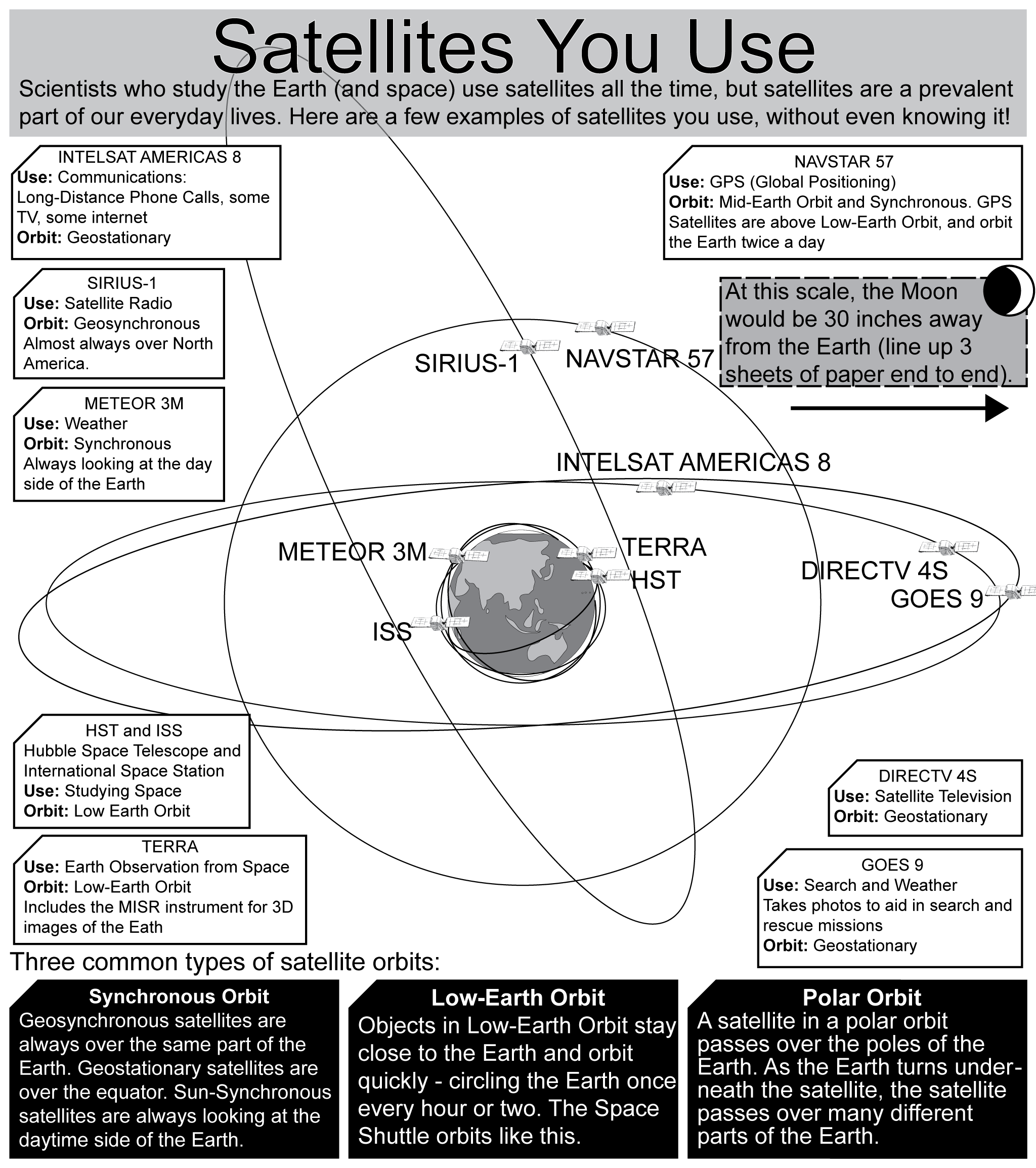 Incoming: Asteroid 2012 DA14
Incoming: Asteroid 2012 DA14
An asteroid is going to miss the Earth by a somewhat narrow margin on February 15, 2013 at 11:25am Pacific Time.
What’s Special About This Asteroid Approach?
Closest “Ever”
Just like we keep finding water on Mars, internet commenters wax hyperbolic about the latest meme (“This is the best YouTube video EVAR!”), and we break a local weather record every three months, you can spin anything to be the most ever, the biggest ever, or the closest ever, as long as you add enough qualifiers.
In this case, this is the biggest object1 to get this close to the earth2, since we started doing regular sky surveys in the 1990s3 looking for objects like this. As much as I’ve just knocked down how exciting that is, this is pretty cool. It is going to be close enough to be almost visible.
- Smaller objects have been closer. Meteors streak through our atmosphere every day.
- This asteroid is coming in closer than our farthest satellites. In fact, it is closer than a big set of our satellites: the geostationary satellites. Other asteroids you’ve heard of approaching us have been just barely within the orbit of the Moon. Time for a picture or two:

This is a small selection of satellites you use. There are hundreds of satellites in orbit around the Earth, though most of them fall into one of these illustrated orbits. I created the image above, the satellite drawings are not to scale, but the orbits, Earth, and Moon are. Jonas Goodwin drew the satellites for me. Click to make it big enough to read.

- In the picture just above, the smaller green ring is the same as the larger grey ring (with the DirecTV and GOES satellite) in the “Satellites You Use” diagram above. This asteroid-orbit diagram is from NASA. Click to link over to their website and description.
3. Lucky for you and me, there are people out there looking for asteroids that are going to get close to the Earth. NASA’s Near Earth Object (NEO) program has got your back! Of course, they need more telescope time and more funding to do a complete survey, but they sure are finding a lot of these babies. I, for one, am happy they’re doing their jobs.
Reasonably-sized
2012 DA14 (also known as “this asteroid”) is about 50 meters wide. That’s half an (American) football field, or ten yards longer than the retired Space Shuttle.
According to NASA estimates, this size of asteroid gets close to the Earth about every 40 years, but only impacts the Earth once every 1200 years.
Seeing it
If you want to see this asteroid, your best bet will be to check out NASA’s Goldstone Radar results after February 20th, or search the internet for images obtained by some of the most talented amateur astronomers such as Thierry LeGault, who specializes in taking pictures of fast-moving dim objects.
Unfortunately, here in Seattle it won’t be above the horizon until daytime, so we’re out of luck.
Might 2012 DA14 Hit The Earth?
No.
“2012 DA14 will definitely not hit Earth,” emphasizes Don Yeomans of NASA’s Near Earth Object Program at JPL in the NASA press release of January 28, 2013. “The orbit of the asteroid is known well enough to rule out an impact.”
So, no.
Similar Events
This is the same size meteor that impacted the Earth creating Meteor Crater in Arizona (50,000 years ago), and the same size as the object that exploded just above the Earth’s surface during the Tunguska Event in Siberia in 1908. From these two events we know that a meteorite of this size is destructive, but not catastrophic to the whole world. Their disastrous effect was limited to a few hundred square miles. With notice, we can plan for evacuation of an area that large.
Want More?
NASA Press Release (well written)
Near Earth Object Program Homepage
My old post: Satellites You Use (to give you a sense of scale of where this asteroid is, where our satellites are, and where the Moon is, in relation to the Earth)
Tunguska Event (This is awe-striking, read about it)
![]()
~ A l i c e !





This is a good time to highlight the work of the B612 Foundation which aims to put an asteroid observatory in solar orbit near Venus to look for other such threats.
Greg’s article is great, you should check it out:
http://www.seattleastronomy.com/blog1/2013/02/avoiding-asteroid-armageddon/